Bulldogs and French Bulldogs Breathing problems are one of the top medical challenges of the breed. Other common health problems are
- Hip dysplasia
- Cherry eye
- Skinfold Moist Dermatitis
- Itch and allergies
- Skin Dermatitis
- Elongated Soft Palate
- Stenotic Nares
- Others
Overheating in Bulldogs And French Bulldogs due to Breathing Problems
Bulldogs and French Bulldogs are highly susceptible to overheating and life-threatening hyperthermia, especially in hot and humid conditions. This risk is significantly higher in dogs with BOAS (brachycephalic obstructive airway syndrome) and other airway-related disorders.
Key anatomical factors contributing to breathing difficulties include:
- Elongated Soft Palate: Excess tissue hanging behind the throat obstructs airflow, making breathing difficult, especially during exercise, excitement, or hot weather.
- Stenotic (Pinched) Nostrils: narrowed nostrils restrict air intake, worsening breathing difficulties caused by an elongated soft palate.
- Everted Laryngeal Saccules: The laryngeal cartilage collapses inward, further narrowing the airway and causing noisy, labored breathing.
- Hypoplastic Trachea: A smaller-than-normal trachea further restricts airflow, making breathing even more challenging.
These anatomical traits make Bulldogs particularly vulnerable to heat exhaustion and heatstroke.
Their inability to pant efficiently—dogs’ primary cooling mechanism—further increases this risk.
Several factors can worsen their breathing difficulties and heighten the risk of heatstroke, including:
- Excessive exercise
- Stress
- Obesity
- Excitement
What Causes Bulldogs And French Bulldogs Breathing Problems
The primary cause of breathing difficulties in Bulldogs and French Bulldogs stems from selective inbreeding aimed at achieving the breed’s signature flat-faced appearance.
The emphasis on exaggerated traits, such as shortened noses and compressed facial structures, has prioritized aesthetics over function, resulting in narrowed airways and impaired breathing.
What Are The Symptoms of Bulldog Breathing and Respiratory Problems
🚨Bulldogs experiencing respiratory distress often exhibit the following signs, particularly during excitement or physical activity:
- Purple-blue tongue (cyanosis)
- Retching
- Excessive drooling (hypersalivation)
- Frequent hacking
- Snorting
- Loud snoring
The characteristic stridor and stertor—harsh, noisy breathing—become more pronounced during periods of excitement or exercise.
Early intervention is critical. Seeking veterinary care and implementing proper management strategies can significantly improve a bulldog’s quality of life and help prevent life-threatening complications.
Respiratory issues in brachycephalic breeds can be severe and, if left untreated, potentially fatal.
#1 BULLDOG ELONGATED SOFT PALET
The soft palate plays a crucial role in both anatomy and breathing, especially in brachycephalic breeds like Bulldogs.
In Bulldogs, the soft palate is often elongated and floppy, with excess tissue that can partially block the airway. This obstruction becomes more pronounced during excitement or physical activity when the demand for oxygen increases.
To improve airflow and breathing, surgical trimming of the elongated soft palate is often necessary.
This procedure helps reduce airway obstruction, enhancing the dog’s ability to breathe comfortably and reducing the risk of respiratory distress.
To learn more, click HERE
#2 BULLDOG STENOTIC NARES
Stenotic nares are defined as narrowed, pinched nostrils. This narrowing causes a restriction in the amount of air that can flow into the nostrils.
Surgical widening of the nostrils will improve breathing
To learn more, click HERE
#3 BULLDOG EVERTED LARYNGEAL SACCULES
Everted laryngeal saccules develop due to abnormal negative pressure during inhalation, a consequence of brachycephalic obstructive airway syndrome (BOAS).
In Bulldogs with BOAS, the small sacs within the larynx are pushed outward (everted) into the airway. Over time, this leads to swelling and adenomatous changes, further obstructing airflow and worsening breathing difficulties.
⚠️ This condition compounds the existing airway restrictions, making it even harder for affected dogs to breathe, especially during exertion or stress.
To improve breathing the everted swollen edematous saccules are often surgically removed
To learn more, click HERE
#3 SECONDARY AIRWAY OBSTRUCTIVE BOAS CONDITIONS
Secondary airway obstructive conditions include
- hypoplastic trachea,
- overly enlarged, protruding tonsils
- laryngeal collapse
- swollen tongue
Your bulldog may be affected by a combination of one or more of these abnormalities.
To learn more, click HERE
Bulldogs And French Bulldogs Breathing Problems PREVENT & TREAT
⚠️ Important: Early Intervention is Key to Your Bulldog’s Health
To enhance your bulldog’s quality of life and reduce the risks of breathing difficulties, respiratory distress, overheating, and other airway complications, consider the following preventive measures:
- Weight Management: Maintain a healthy weight to minimize strain on the respiratory system.
- Cool Environment: To reduce breathing stress, keep your bulldog in a temperature-controlled environment, avoiding excessive heat and humidity.
- Proper Harness & Collar: Use specially designed harnesses that prevent pressure on the trachea, ensuring easier breathing.
- Surgical Intervention: In severe cases, procedures like soft palate trimming or nostril widening can significantly improve airflow and breathing function.
- Ethical Breeding Practices: Support responsible breeding that prioritizes health over exaggerated features contributing to airway issues.
- Education & Awareness: Stay informed about the risks associated with brachycephalic breeds to provide the best care and prevent complications.
Bulldog Therapeutic Supplements for Airway and Breathing Problems:
Implement therapeutic interventions to help:
- Reduce Inflammation
- Boost Immunity:
- Reduce Stress:
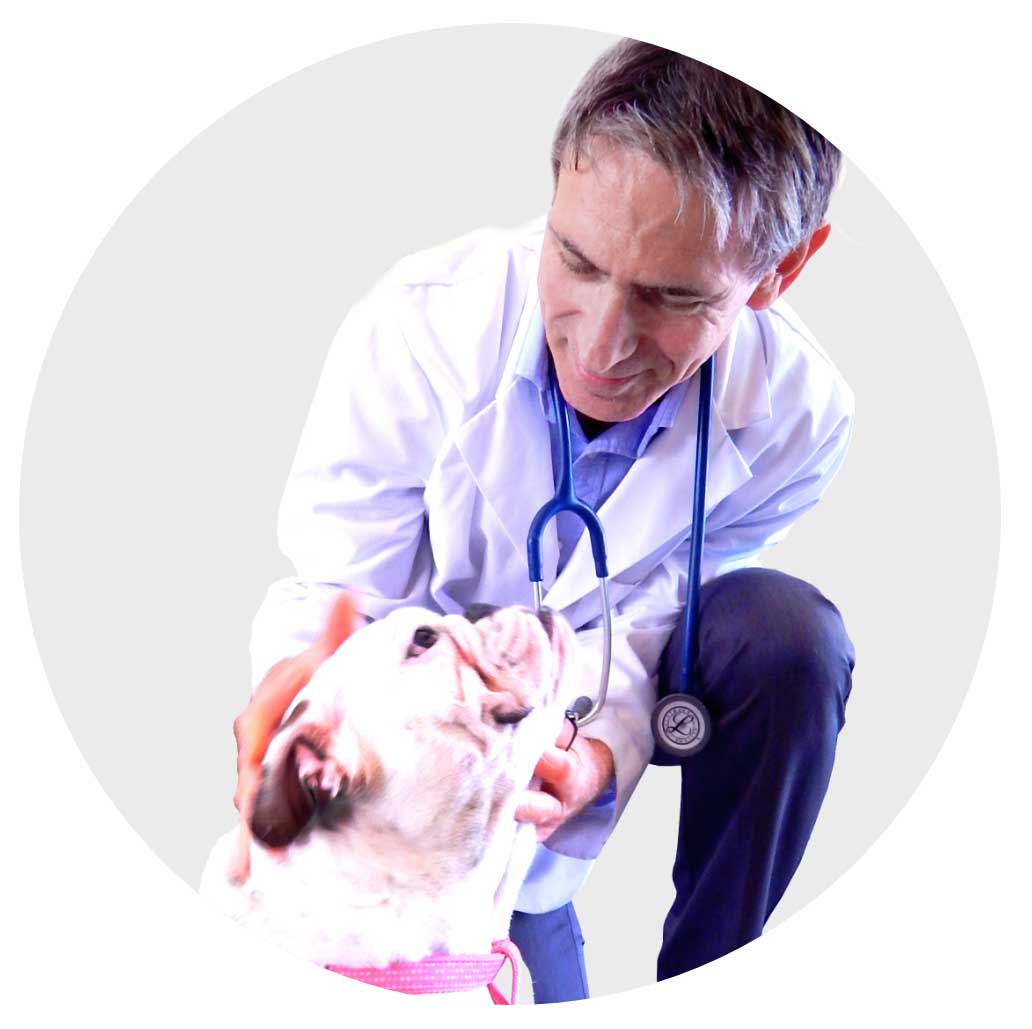
The information provided on this platform is for general informational purposes only. It is not intended as a substitute for professional medical advice, diagnosis, or treatment. Always seek the advice of your veterinarian regarding any medical condition. It's important to always consider professional medical advice promptly and not to delay seeking it based on information you've read on this platform. Any reliance on the information provided here is entirely at your discretion.



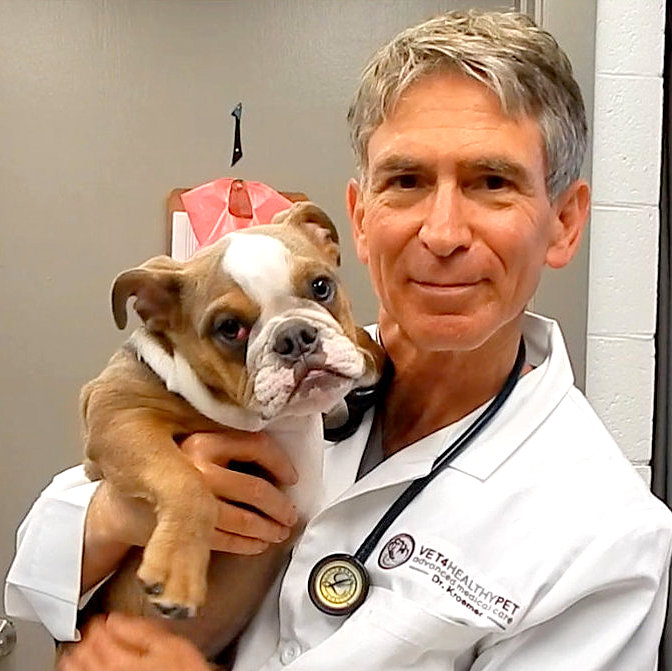



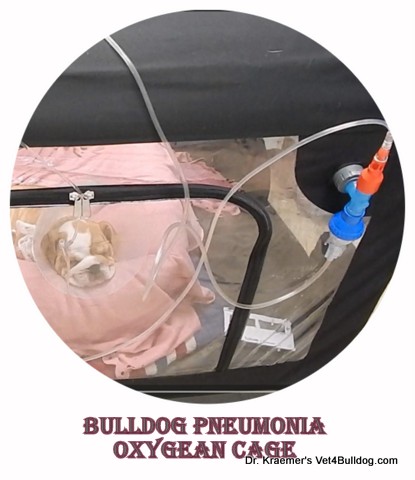

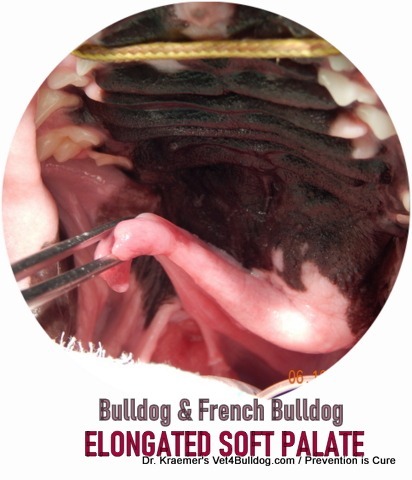
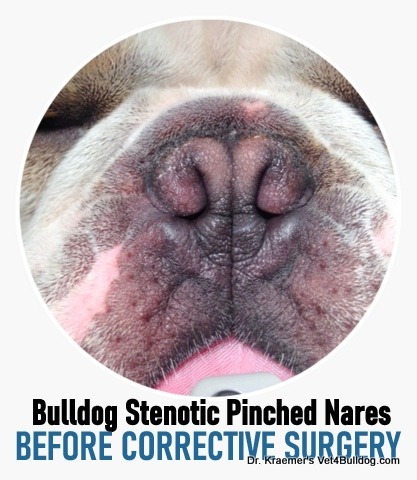


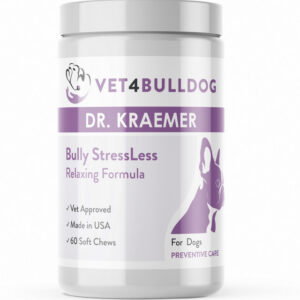





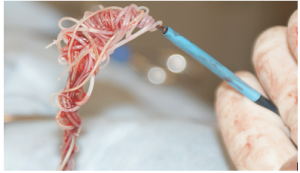


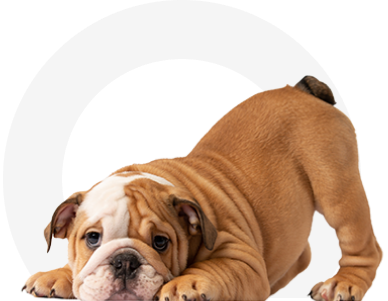
Dr. R. J. Kraemer: With a specialization in Bulldogs, French Bulldogs, and other Brachycephalic breeds, Dr. Kraemer has dedicated his career to educating the bulldog community about the unique medical and surgical requirements of the breed. These encompass preventive care and wellness, customized anesthesia, and employing a multimodal approach to address their unique medical conditions.
Some of the breed-specific medical issues he focuses on include
As a leading provider of cutting-edge regenerative and alternative medicine, Dr. Kraemer offers services such as stem cell therapy, laser treatments, and PRP. Additionally, he maintains a longstanding relationship with Bulldog Rescue, contributing funds and providing shelter, medical, and surgical services for their bulldogs.